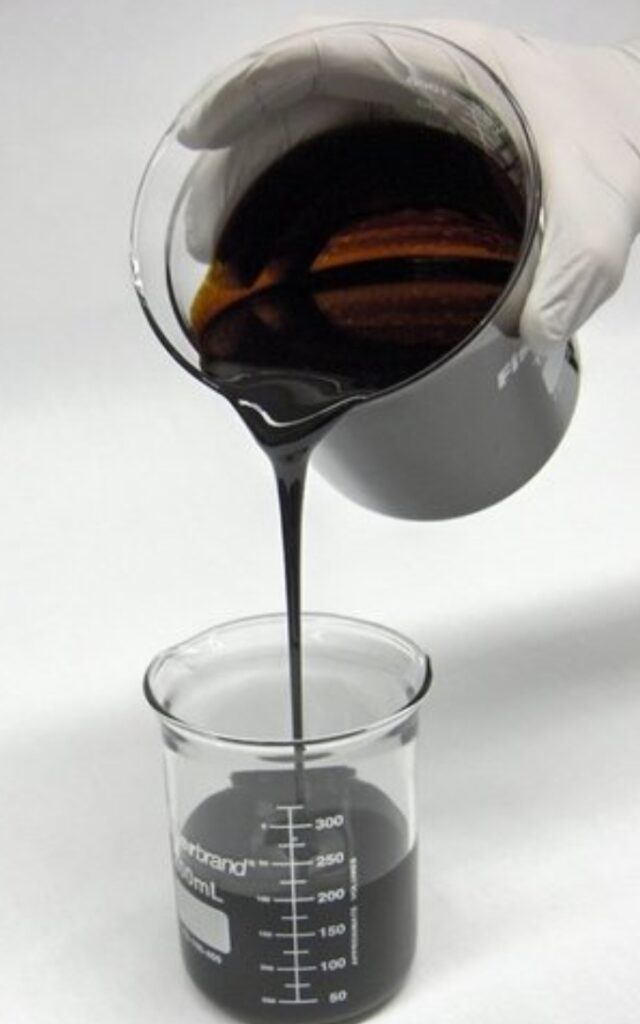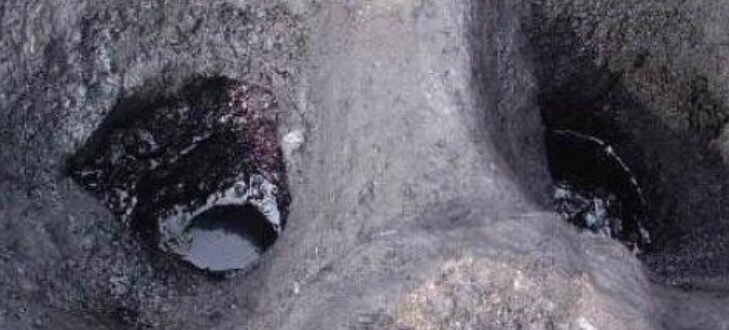
Tar is a thick, dark, and viscous liquid that has been utilized by humans for centuries. Derived from organic materials such as coal, wood, and petroleum, tar has a wide range of applications, from construction to medicine. Its unique properties make it an essential material in various industries. This article explores the sources of tar, how it is extracted, and its diverse uses.
Sources of Tar

- Coal Tar: Coal tar is a byproduct of the carbonization of coal, a process used to produce coke for steel manufacturing. When coal is heated in the absence of oxygen, it breaks down into gases, liquids, and solids. The liquid component is coal tar, which is then refined for various uses.
- Wood Tar: Wood tar is produced through the destructive distillation of wood, particularly from pine and other resinous trees. This process involves heating wood in an oxygen-free environment, resulting in the separation of tar from other components like charcoal and gases.
- Petroleum Tar : Petroleum tar, also known as bitumen or asphalt, is derived from crude oil during the refining process. It is a key component in road construction and waterproofing materials.
Extraction Process
- Coal Tar Extraction : Coal is heated in closed ovens at high temperatures (around 1,000°C) without oxygen. This process, called carbonization, releases coal tar as a liquid, which is then collected and refined.
- Wood Tar Extraction : Wood is burned in a controlled environment with limited oxygen. The smoke and vapors are condensed, and the resulting liquid is wood tar. This method has been used for centuries and is still practiced in some regions.
- Petroleum Tar Extraction : During the refining of crude oil, heavier fractions are separated and processed to produce petroleum tar. This material is often mixed with aggregates to create asphalt for paving roads.
Uses of Tar
Tar has a wide range of applications across various industries:
1- Construction :
- Road Paving : Petroleum tar (asphalt) is widely used in road construction due to its durability and water-resistant properties.
- Waterproofing : Tar is used to seal roofs, foundations, and other structures to prevent water damage.
2- Industrial Applications :
- Preservatives : Coal tar is used to treat wood and protect it from rot and insects.
- Chemical Production : Tar is a source of raw materials for producing chemicals like creosote, naphthalene, and benzene.
3- Medical Uses :
- Skin Treatments : Coal tar is an active ingredient in medicated shampoos and ointments used to treat skin conditions like psoriasis and eczema.
- Antiseptics : Historically, tar has been used for its antiseptic properties.
4- Cultural and Traditional Uses :
- Wood tar has been used for centuries in shipbuilding to waterproof vessels.
- It is also used in traditional practices, such as preserving ropes and leather.
Environmental and Health Considerations :
While tar is a valuable material, its production and use come with environmental and health concerns. Coal tar, for example, contains polycyclic aromatic hydrocarbons (PAHs), which are carcinogenic. Proper handling and disposal are essential to minimize risks. Additionally, the petroleum industry’s reliance on tar has raised concerns about its environmental impact, particularly in terms of carbon emissions and resource depletion.
Tar is a versatile material with a rich history and a wide range of applications. From paving roads to treating skin conditions, its uses are deeply embedded in modern life. However, as we continue to rely on tar, it is crucial to balance its benefits with sustainable practices and environmental responsibility. Whether derived from coal, wood, or petroleum, tar remains an indispensable resource in our world.
